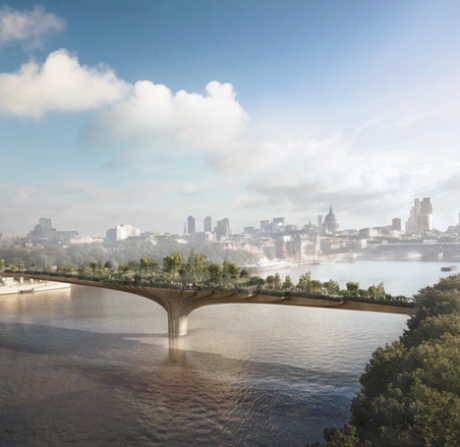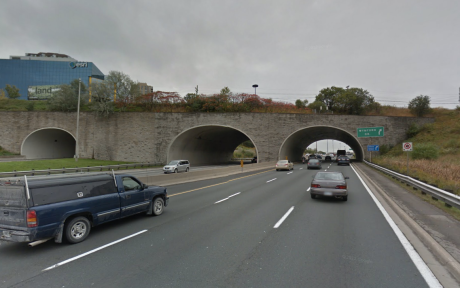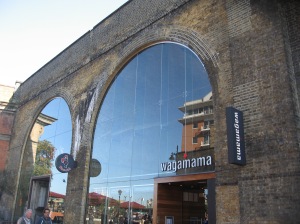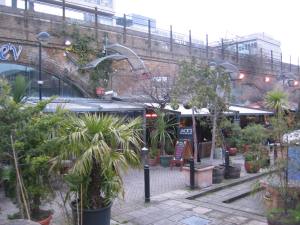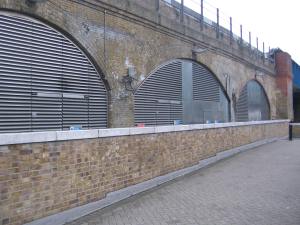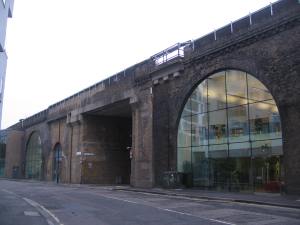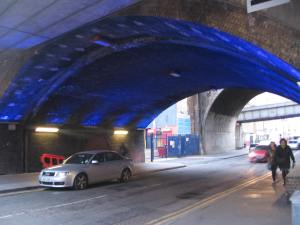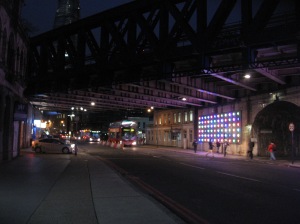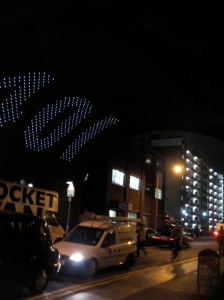Though the concept of a ‘global city’ is debated, there undoubtedly exists a group of ‘alpha‘ cities that exert a certain cultural and economic influence over the rest of the world.
The world holds these first-order cities, London, New York, Paris, Los Angeles, Rome, etc, to a certain set of cultural expectations. Famous for hundreds of years, they evoke a very established and clearly defined image, even to those that have never visited them. Through famous depictions in literature, film, photography and visual art, these cities exist as strong identifiable images in the consciousness of the global public.
But what about the second order cities? Cities like Lyon and Manchester? Compared to their alpha-neighbours Paris and London, these cities evoke a much weaker image. Paris’ Eiffel tower and grand boulevards, London’s Big Ben and rainy, winding streets lack an equivalent in Lyon and Manchester in the global consciousness. The lack of an international identity, however, by no means indicates that these cities lack culture. You can be sure that Lyon, Manchester and other ‘second order’ cities have their own extremely rich histories, architectural traditions, urban lifestyles, cultural atmospheres and approaches to planning and transportation management – equally as rich as their first-order counterparts.
I want to suggest that since nobody is holding them to any expectations, ‘second order’ cities allow for a more authentic form of experience for visitors. These cities can speak for themselves, as opposed to having to live up to an identity that precedes them in literature and film.
Obviously, this phenomenon depends on one’s own geography. Those from France, UK and surrounding countries probably know more about Lyon and Manchester than folk from North America, and would thus be able to speak meaningfully about their culture: lifestyle, urban form and architecture. Montreal, itself a second order city, is surrounded by many other second order cities: Toronto, Chicago, Halifax, etc. Despite their lack of global identity, these cities evoke extremely rich images of culture and urban form in our (people from Montreal, Toronto and the Eastern seaboard in general) minds. To the global audience, however, these cities evoke no image at all.
I look forward, and encourage you all, to visiting these second-order cities. With no expectations, I will be able to truly experience these cities as they reveal themselves.

